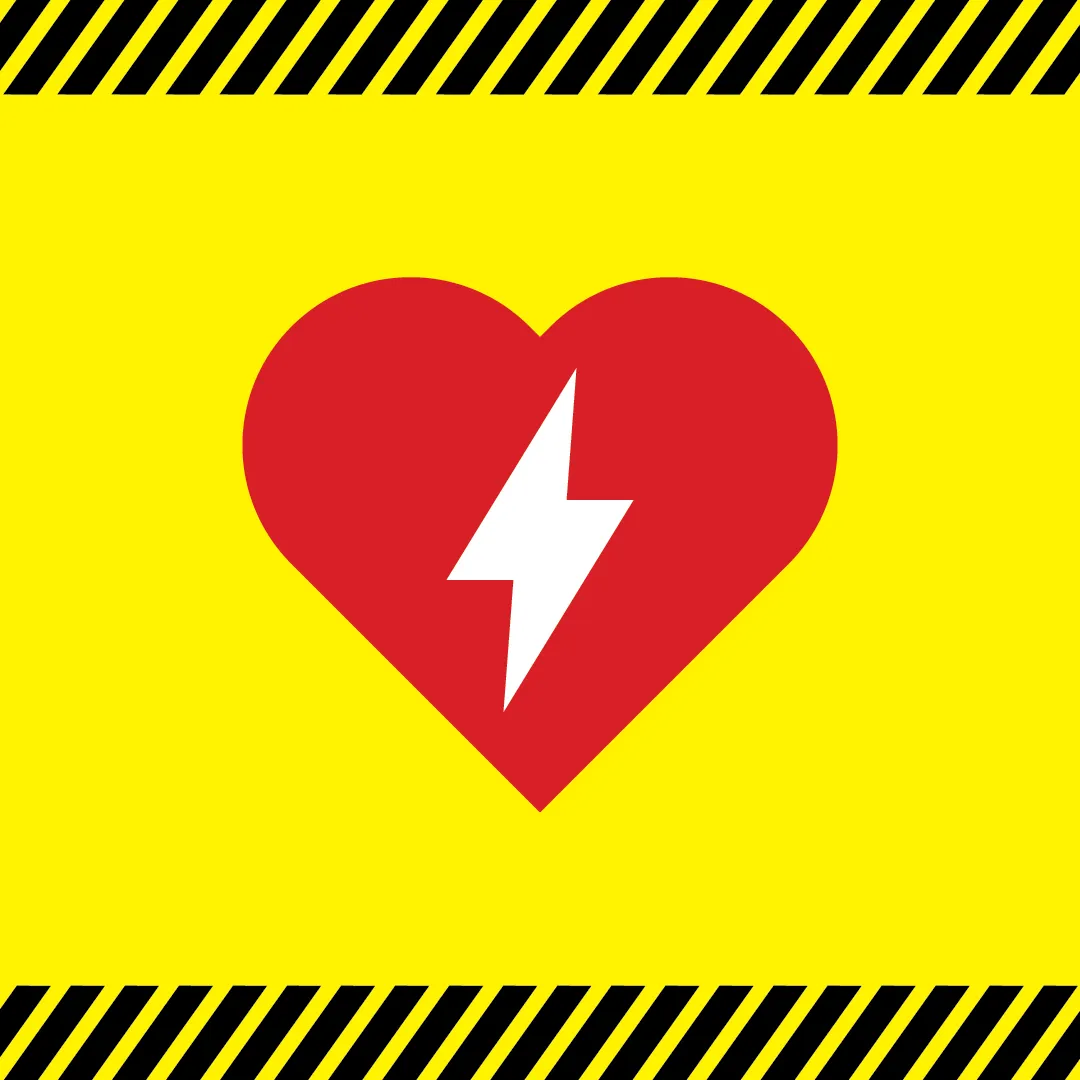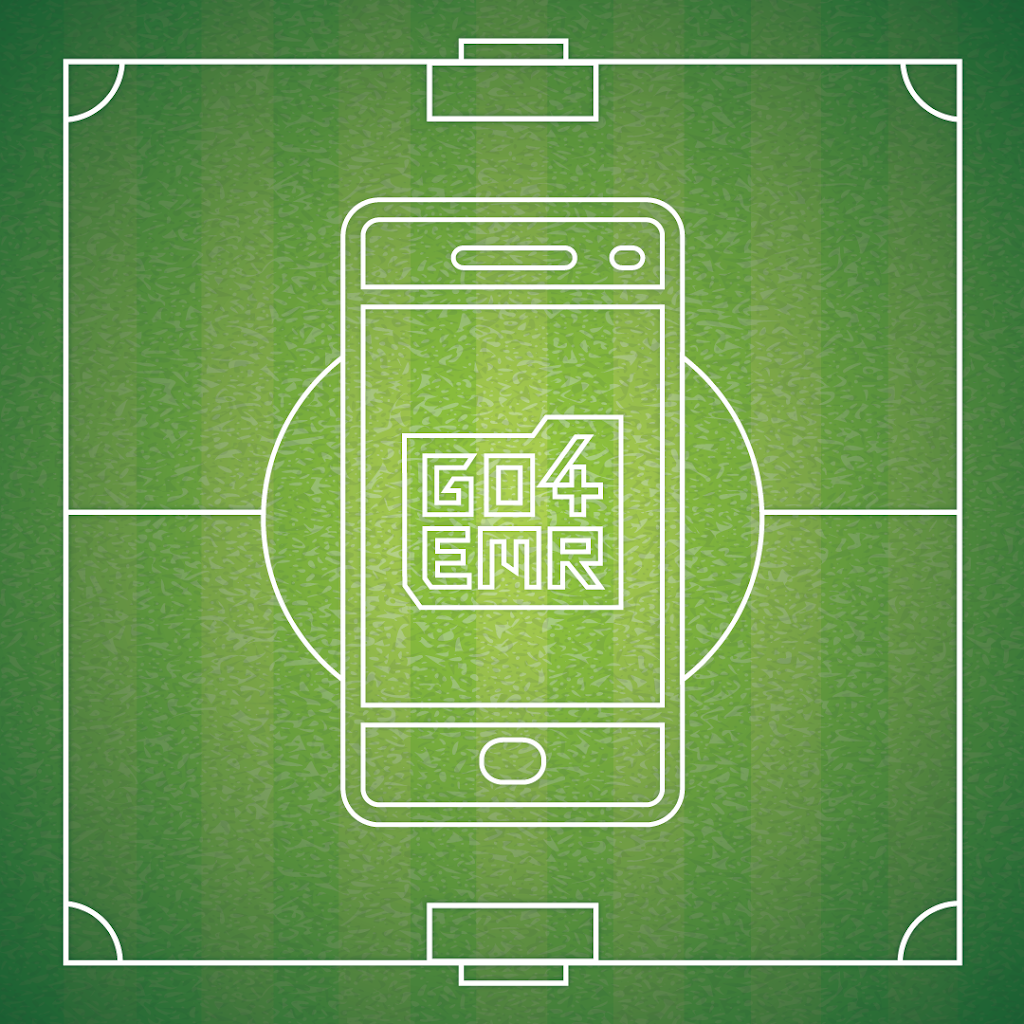11 Things You Don’t Know About AEDs

It’s time to learn more about these little miracle machines. Here are 11 Things to Know About AEDs.
The sun is shining and leaves crunch under your feet as you pace the sideline during team warmups. Just as you turn to ask your assistant about hydration stations, tragedy strikes–a player drops to the grass, unconscious and not breathing.
Luckily, the athletic trainer with AED in hand, is sprinting towards the player. With orders from the athletic trainer, you call 911. The athletic trainer lifts the athlete’s jersey and places a pad on their chest and lower stomach. The AED senses ventricular fibrillation and the athletic trainer delivers a shock. The athlete’s heartbeat is back to normal and they slowly begin to regain consciousness.
–
For a person experiencing Sudden Cardiac Arrest (SCA), having an athletic trainer present with an AED is the best case scenario. But that’s not the normal occurrence.
AEDs can be life saving for the over 500,000 Americans who experience a Sudden Cardiac Arrest event each year; in a study from the University of Washington, AEDs doubled the survival rate of SCA in young healthy athletes.
- Automated External Defibrillators are machines used when a person is suffering Sudden Cardiac Arrest, meaning their heart rhythm is abnormal. The defibrillator sends an electric shock to the heart to restore proper rhythm.
- Sudden Cardiac Death is the number one medical cause of death in athletes according to the NIH.
- According to the University of Michigan, for every minute that CPR or an AED is not used on a person suffering from SCA, the chance of survival decreases by 7-10%.
- AEDs should be applied within 2 minutes of the onset of SCA. Multiple AEDs may be required depending on your campus or venue size.
- Add a maintenance schedule to your Emergency Action Plan. Batteries and pads expire. AEDs should be checked prior to the start of any event.
- Philips Heartstart and Zoll are popular AED brands. Check with local EMS to find out what equipment they use. Compatible equipment creates a seamless, efficient transfer of care.
- Register your AED with the manufacturer and with the national database. Registering your device gives you access to recall issues AND emergency services will have a record of your AED location in case of an emergency.
- AEDs are not used on people who are conscious or responsive, and will only deliver a shock if there is an abnormal heart rhythm. Consciousness typically signals that the person is not suffering from sudden cardiac arrest.
- When you purchase a new AED, open it, set it up, and make sure it is in proper working order before storing it in a central location.
- The adhesive electrode pads will not stick to water/wetness on the chest. sticking. This will prevent the AED from reading the heart rhythm properly. Always make sure the patient is dry.
- Keep AED pads away from body piercings. Zap! Metals are conductors of electricity. Do not put the AED pads over metal nipple. Move the pads an inch away from the metal to perform AED treatment. In some cases, removing the metal jewelry entirely to properly defibrillate may be necessary.
When considering placement for AED in an outdoor stadium or fieldhouse, make sure the AED is visible, accessible, and stored under an overhang or in a waterproof case so that it is protected from the elements.
Are you an Athletic Trainer?
Join us!
From per diem shifts to full-time opportunities, AT resources, PLI, a free EMR and more, Go4 is the essential AT app. Sign up now!
"*" indicates required fields
Other articles you might like

What’s the deal with Standing Orders?
How do I get standing orders as an athletic trainer? Q: What are standing orders? A: Standing orders, aka medical protocols, establish the scope of practice for an athletic trainer. Under the direction of a physician, they are an overview of the specific skills that the AT is legally able…

AT Spotlight: Thomas Obergefell, Athletic Training from the Dugout
Name: Thomas Obergefell, MS, ATC, LAT Nickname: T.J. Alma…

Middle School / High School / College / Any School EMR – The Importance of Documentation
Go4’s in-app Electronic Medical Record We all know the reasons why it’s important to thoroughly document, but incase you forgot, here they are:…